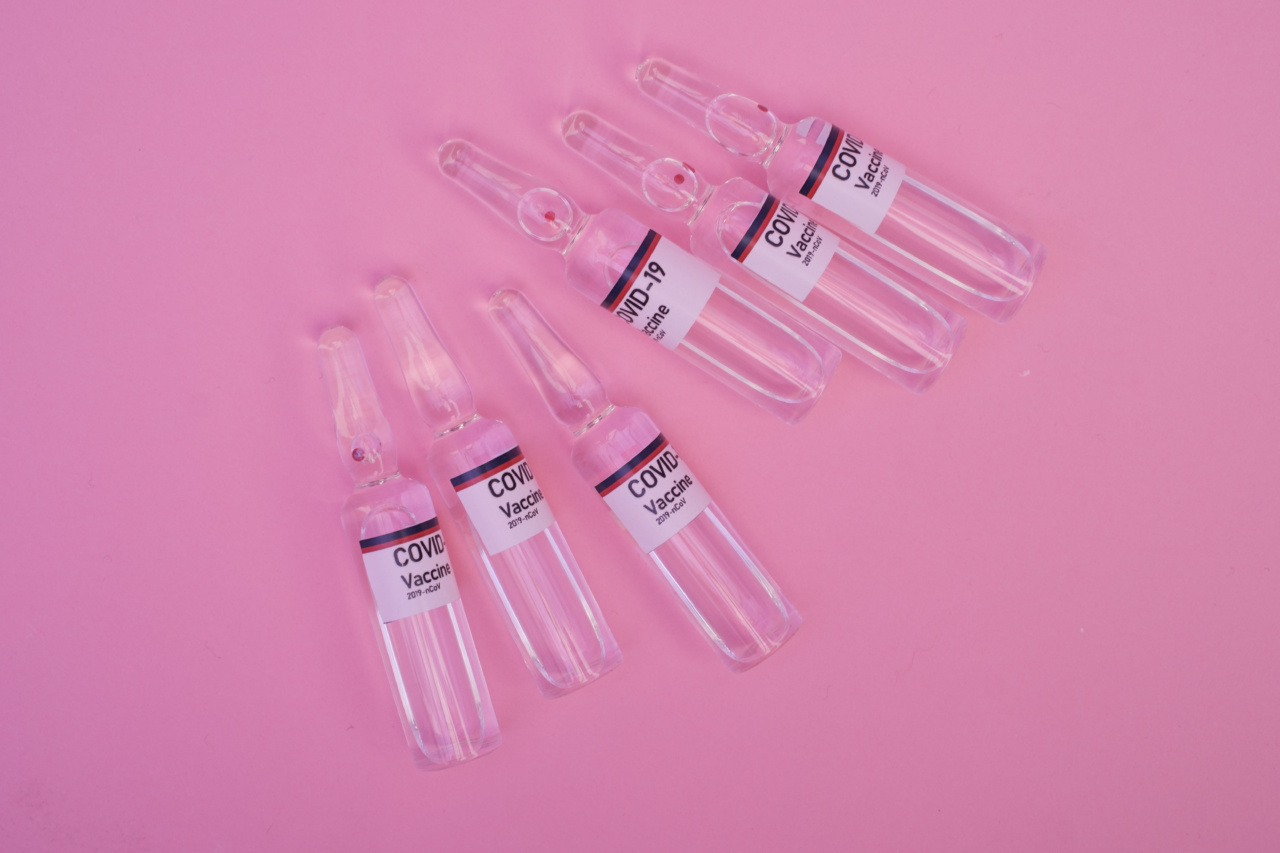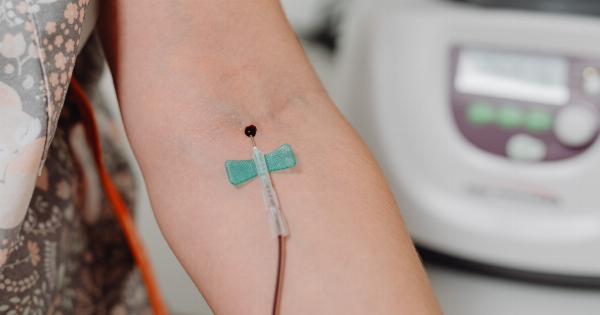Diabetes, hypertension, and thrombosis are three prevalent and potentially life-threatening conditions that affect millions of people worldwide.
The use of drug therapies has proven to be an effective approach in managing and reducing the risk of these conditions. This article will explore various drug therapies that are commonly used to mitigate the risk of diabetes, hypertension, and thrombosis, providing insights into their mechanisms of action and potential benefits.
Diabetes
Diabetes, characterized by elevated blood sugar levels, can lead to serious complications if left untreated or unmanaged. Drug therapies for diabetes primarily focus on reducing blood glucose levels and improving insulin sensitivity.
There are several classes of medications used to treat diabetes:.
1. Oral Hypoglycemic Agents
Oral hypoglycemic agents are commonly prescribed for individuals with type 2 diabetes who cannot achieve glycemic control through lifestyle modifications alone.
These medications can be further classified into different categories based on their mechanisms of action:.
2. Biguanides
Biguanides, such as metformin, are often considered the first-line treatment for type 2 diabetes. They work by decreasing glucose production in the liver and increasing insulin sensitivity in peripheral tissues.
Metformin has also been shown to have cardiovascular benefits beyond glycemic control.
3. Sulfonylureas
Sulfonylureas, including glipizide and glyburide, stimulate insulin secretion from pancreatic beta cells. These medications can effectively lower blood glucose levels but may carry a risk of hypoglycemia.
They are typically used as second-line agents when metformin monotherapy fails to achieve glycemic control.
4. Thiazolidinediones
Thiazolidinediones, such as pioglitazone, improve insulin sensitivity and glucose uptake in peripheral tissues. They work by activating peroxisome proliferator-activated receptors (PPARs), which regulate genes involved in glucose and lipid metabolism.
Thiazolidinediones can be beneficial for patients with insulin resistance.
5. Dipeptidyl Peptidase-4 (DPP-4) Inhibitors
DPP-4 inhibitors, such as sitagliptin and saxagliptin, enhance the action of incretin hormones, which stimulate insulin release and inhibit glucagon secretion.
These medications are well-tolerated and can be used as monotherapy or in combination with other antidiabetic agents.
6. Sodium-Glucose Cotransporter-2 (SGLT2) Inhibitors
SGLT2 inhibitors, such as canagliflozin and empagliflozin, reduce blood glucose levels by inhibiting glucose reabsorption in the kidneys, leading to increased urinary glucose excretion.
These drugs have shown cardiovascular and renal benefits in addition to glycemic control.
Hypertension
Hypertension, or high blood pressure, is a major risk factor for cardiovascular disease and is commonly managed using drug therapies. The primary goal of hypertension treatment is to reduce blood pressure levels and minimize the risk of complications.
Here are some commonly prescribed antihypertensive drug classes:.
1. Angiotensin-Converting Enzyme (ACE) Inhibitors
ACE inhibitors, such as lisinopril and enalapril, block the conversion of angiotensin I to angiotensin II, a potent vasoconstrictor. By inhibiting this pathway, ACE inhibitors promote vasodilation and lower blood pressure.
These medications are commonly used as first-line agents in patients with hypertension.
2. Angiotensin II Receptor Blockers (ARBs)
ARBs, such as losartan and valsartan, block the binding of angiotensin II to its receptors, preventing vasoconstriction and lowering blood pressure.
They offer an alternative for patients who cannot tolerate ACE inhibitors due to side effects such as cough.
3. Calcium Channel Blockers
Calcium channel blockers, such as amlodipine and diltiazem, inhibit the influx of calcium into vascular smooth muscle cells, leading to vasodilation and reduced blood pressure.
These medications can be classified into dihydropyridine and non-dihydropyridine calcium channel blockers, each with varying cardiovascular effects.
4. Beta-Blockers
Beta-blockers, such as metoprolol and propranolol, work by blocking the effects of adrenaline on beta receptors, resulting in decreased heart rate and reduced cardiac output.
These medications are commonly used for patients with comorbidities such as coronary artery disease or heart failure.
5. Diuretics
Diuretics, including hydrochlorothiazide and furosemide, promote the excretion of sodium and water from the body, reducing blood volume and subsequent blood pressure.
They are often used as add-on therapies or in combination with other antihypertensive agents.
Thrombosis
Thrombosis, the formation of blood clots, can have severe consequences such as heart attacks and strokes. Antithrombotic therapies play a crucial role in preventing and managing thrombosis. Here are some commonly used antithrombotic drug classes:.
1. Antiplatelet Agents
Antiplatelet agents, such as aspirin and clopidogrel, inhibit platelet aggregation and reduce the risk of arterial thrombosis.
They are often used as primary prevention in individuals at high risk of cardiovascular events or secondary prevention in patients with a history of thrombotic events.
2. Anticoagulants
Anticoagulants, such as warfarin and heparin, interfere with the clotting cascade and prevent the formation of blood clots.
Warfarin is commonly used for long-term anticoagulation therapy, while heparin is often administered in acute settings or as a bridge therapy. Novel oral anticoagulants like dabigatran and rivaroxaban have also gained popularity due to their ease of use and fewer drug interactions compared to warfarin.
3. Thrombolytic Agents
Thrombolytic agents, such as alteplase and tenecteplase, are used in acute situations, such as ischemic stroke or pulmonary embolism, where the rapid dissolution of blood clots is critical.
These medications work by activating plasminogen, leading to the breakdown of fibrin and the disruption of the clot.
Conclusion
Drug therapies have revolutionized the management and reduction of risk associated with diabetes, hypertension, and thrombosis.
Through various mechanisms of action, these medications target the underlying physiological pathways and provide significant benefits in preventing complications and improving patient outcomes. However, it is essential to note that drug therapies should always be prescribed and monitored by healthcare professionals to ensure their appropriate use and minimize potential side effects.




























